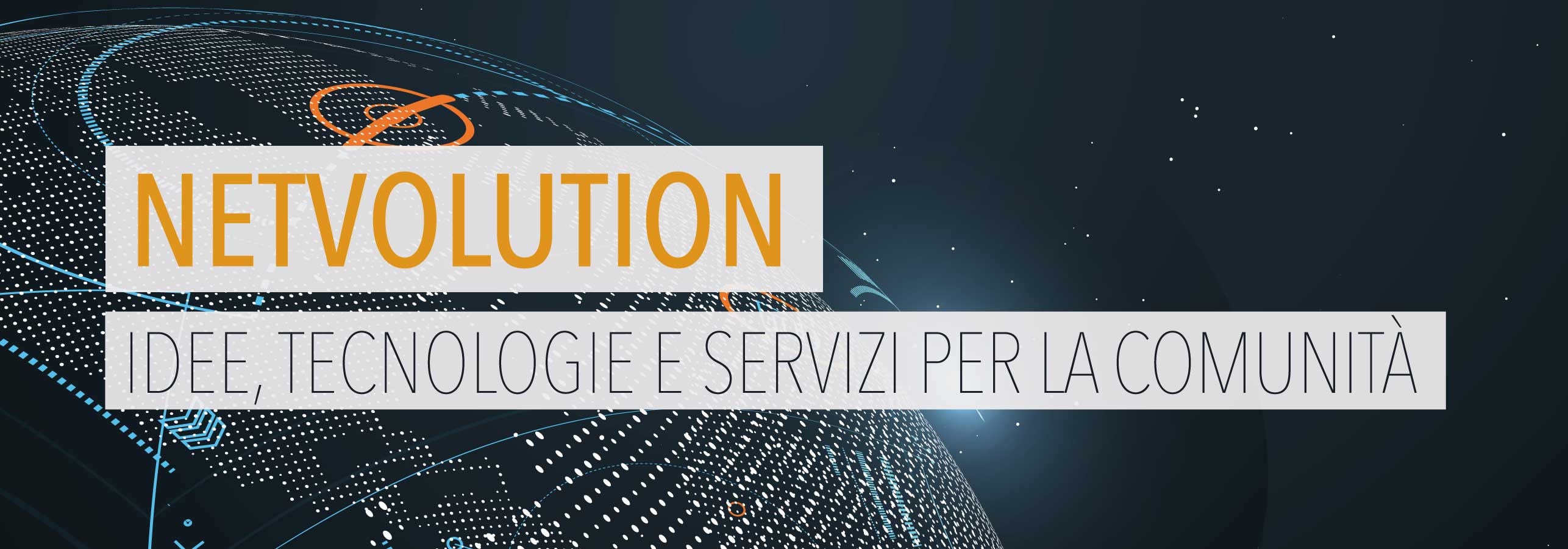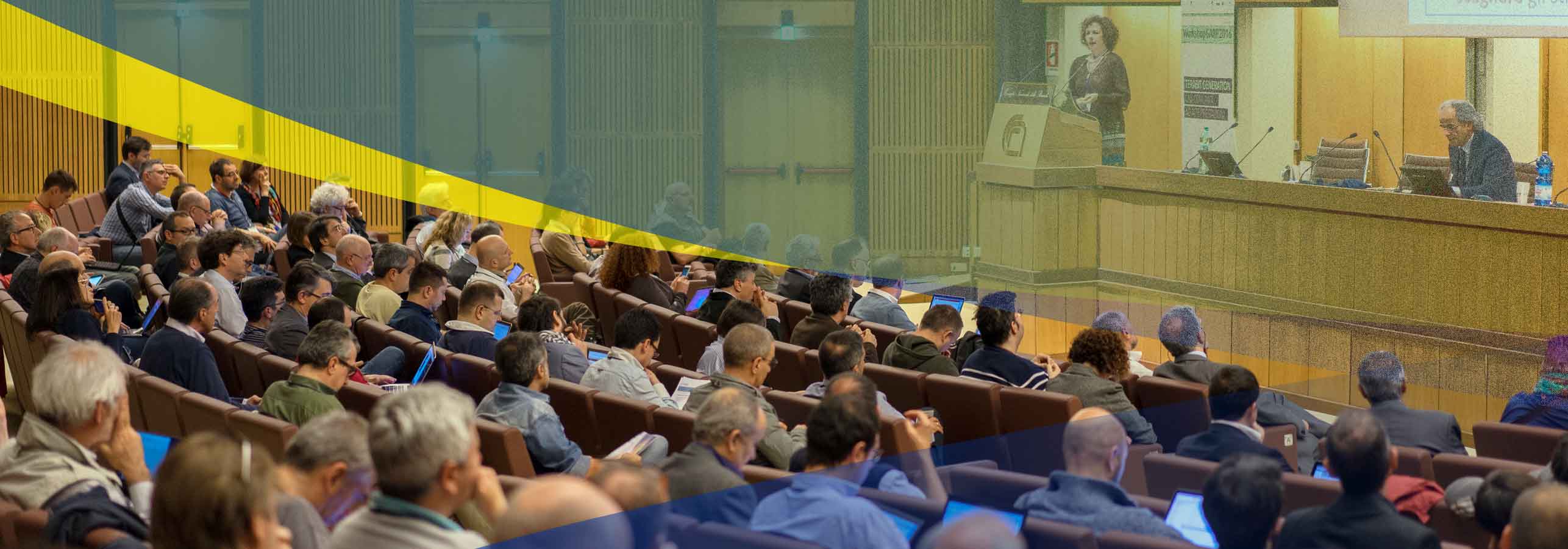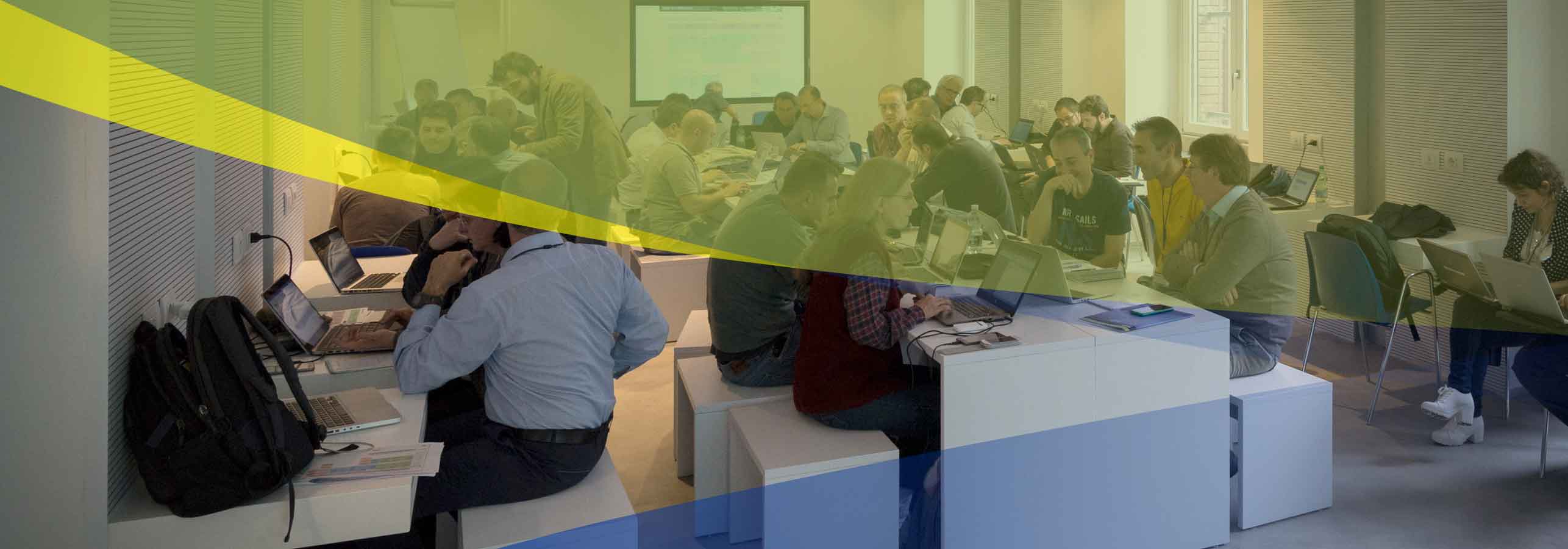Paolo Romano
- IRCCS Ospedale San Martino di Genova
- http://www.ospedalesanmartino.it/
 Paolo Romano, Ingegnere Elettronico, dottore di ricerca in Bioingegneria. Ricercatore presso l’Ospedale Policlinico San Martino dal 1993. Lavora nel laboratorio di Bioinformatica della Direzione Scientifica. I suoi principali interessi di ricerca riguardano gestione, scambio e integrazione di dati con metodi automatici. Ha implementato database e software di analisi disponibili pubblicamente in Internet. È autore di più di 60 pubblicazioni e organizzatore dei workshop NETTAB sulle metodologie e tecnologie software per la ricerca biomedica.
Paolo Romano, Ingegnere Elettronico, dottore di ricerca in Bioingegneria. Ricercatore presso l’Ospedale Policlinico San Martino dal 1993. Lavora nel laboratorio di Bioinformatica della Direzione Scientifica. I suoi principali interessi di ricerca riguardano gestione, scambio e integrazione di dati con metodi automatici. Ha implementato database e software di analisi disponibili pubblicamente in Internet. È autore di più di 60 pubblicazioni e organizzatore dei workshop NETTAB sulle metodologie e tecnologie software per la ricerca biomedica.
 Paolo Romano, Electronic Engineer, Ph.D. in Bioengineering works as a researcher at Policlinico San Martino Hospital since 1993. He works in the Bioinformatics laboratory of the Scientific Directorate. His main research interests concern the management, exchange and integration of data with automatic methods. He implemented databases and analysis software publicly available on the Internet. He is the author of more than 60 publications and organizer of NETTAB workshops on biomedical research methodologies and technologies.
Paolo Romano, Electronic Engineer, Ph.D. in Bioengineering works as a researcher at Policlinico San Martino Hospital since 1993. He works in the Bioinformatics laboratory of the Scientific Directorate. His main research interests concern the management, exchange and integration of data with automatic methods. He implemented databases and analysis software publicly available on the Internet. He is the author of more than 60 publications and organizer of NETTAB workshops on biomedical research methodologies and technologies.
SESSIONE 2
Big Data and biomedical research
 Microbial Resource Research Infrastructure: stato e prospettive di integrazione e condivisione dei dati /p>
Microbial Resource Research Infrastructure: stato e prospettive di integrazione e condivisione dei dati /p>
Paolo Romano e Giovanna Cristina Varese
Microbial Resource Research Infrastructure (MIRRI) è parte della roadmap ESFRI. La sua missione è di superare la frammentazione nella disponibilità di risorse e servizi relative ai microbi, offrendo un punto di accesso unico a risorse di qualità. Raggiungere gli obiettivi di MIRRI richiede il miglioramento dell’interoperabilità di sistemi informative e dell’offerta addizionale di dati, con l’inclusione di profili molecolari. È Inoltre richiesta un'architettura flessibile che includa i Big Data.
Le BRCs europee offrono online le informazioni di catalogo, ma ben poco è disponibile a livello di accesso integrato a cataloghi. Inoltre, i sistemi informativi dei BRCs sono molto eterogenei, non interoperabili e molto lontani dall’approccio FAIR (Findable, Accessible, Interoperable, Reusable, cioè Trovabile, Accessibile, Interoperable, Riutilizzabile): c’è necessità di un nuovo sistema informativo. Durante la sua fase preparatoria, è stata disegnata una possibile architettura IT per il Sistema informative di MIRRI, basata su un formato standard di scambio dati, API all'avanguardia e web services, con un'interfaccia user-friendly. Tre sistemi, i dimostratori di MIRRI, sono stati sviluppati per affrontare problemi distinti, essenziali verso la creazione del sistema informativo MIRRI. Recentemente è stata formata una Joint Research Unit per la realizzazione del nodo italiano di MIRRI (MIRRI-IT JRU), con lo scopo di guidare lo sviluppo di una rete italiana di collezioni di risorse microbiche.
Per la sua realizzazione sono richieste importanti risorse IT che potrebbero essere fornite da GARR.
 Microbial Resource Research Infrastructure: status and perspectives on data integration and sharing
Microbial Resource Research Infrastructure: status and perspectives on data integration and sharing
Paolo Romano and Giovanna Cristina Varese
The Microbial Resource Research Infrastructure (MIRRI) is part of the ESFRI initiative. Its mission is to overcome fragmentation in availability of microbial resources and services. It aims to provide a unique entry point to quality resources.
Achieving MIRRI aims requires improvements in the interoperability of information systems and an additional data offers with the inclusion of molecular profiles. A flexible architecture encompassing big data is required. European BRCs offers the catalogue information on-line, but little is available in terms of integrated access to catalogues. Moreover, BRCs information systems are largely heterogeneous, not interoperable, and far from the FAIR (Findable, Accessible, Interoperable, Reusable) approach: a new information system is needed. During its preparatory phase, a possible IT architecture for the MIRRI Information System based on a standard format data exchange, state-of-the-art APIs and web services, and a user-friendly interface were designed.
Three systems, the MIRRI demonstrators, were developed to cope with distinct issues, essential towards the creation of the MIRRI Information System. A Joint Research Unit for the implementation of the Italian node of MIRRI (MIRRI-IT JRU) has recently been formed with the aim of leading the development of a network of Italian collections of microbial resources. For its implementation, important IT facilities are required, which could be offered by the public GARR network.








